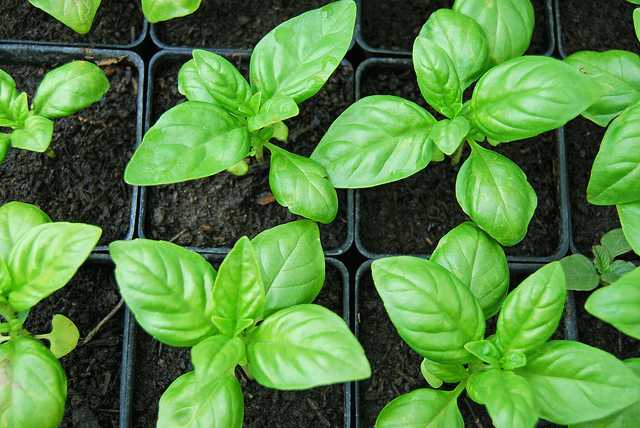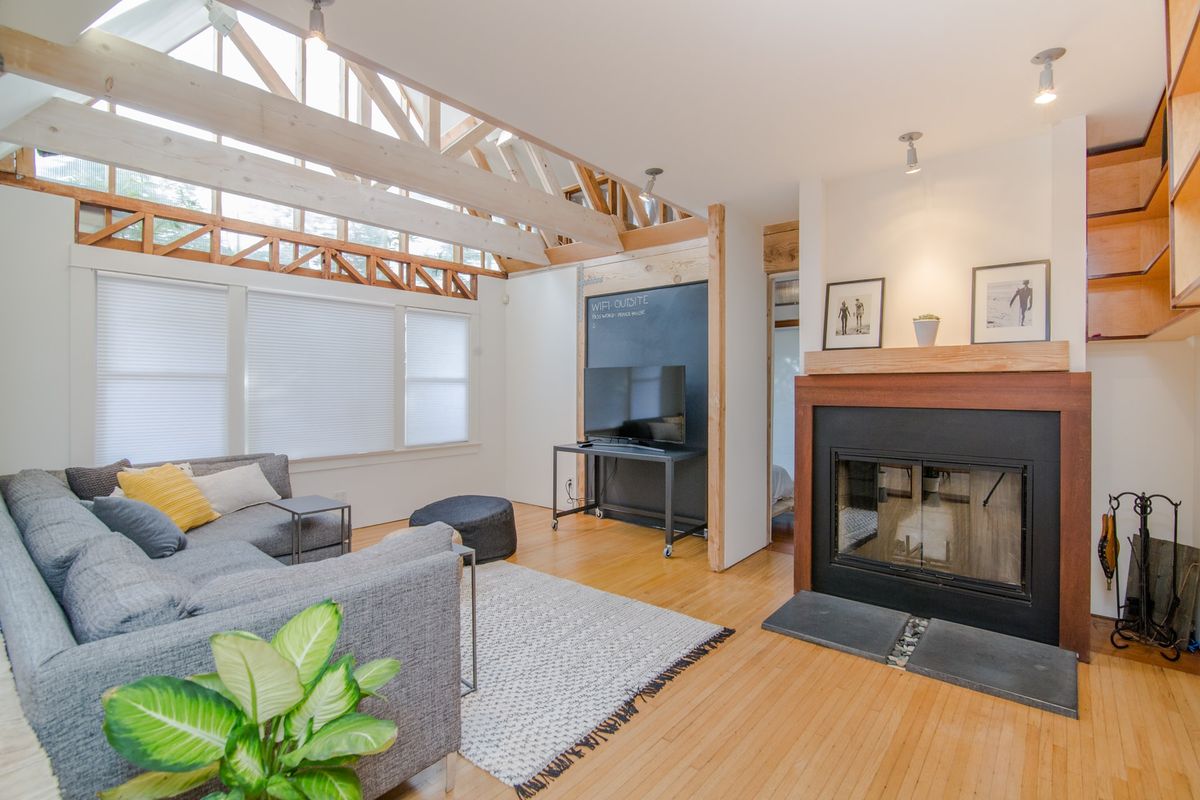
Basil is a leafy herb with a bushy appearance. Some of the most common types of basil are Thai basil, Lemon basil, purple basil and sweet basil. This herb is easy to grow but it only grows in the summer and for that reason you should plan accordingly. Basil is usually referred to as the king of herbs. One of the most popular herbs grown in the home garden are certainly basil plants. If you follow these simple steps for how to grow basil, you will see that growing basil in a container or outdoors is very easy to do.
Planting, soil and care
This herb requires six to eight hours of sun. You should set out plants at least 2 weeks after the last frost in spring. The space between plants is generally 12 to 18 inches apart and is usually written on the label. Keep plants protected in case of a late cold spell, since they are very frost sensitive. Basil likes soil which is rich, moist, but well drained with a pH of six to seven. Basil also needs a little fertilizer, because it is harvested continually for lots of leaves.
Add a lot of organic nutrients from compost, cottonseed meal, or blood meal to the soil when planting. In case you are planting in a container, make sure to use a large pot in order to keep the plants from drying out quickly in hot weather. In order to extend the time between waterings and help keep the soil moist, you may also want to add mulch around the plants.
Pest and disease prevention tips
Sometimes, this veggie is bothered by slugs, aphids, or Japanese beetles. But, the biggest problem is poor drainage. For that reason, plant in a well-drained location to avoid root rot. In addition, make sure not to let it get too dry, because the growth may be stunted. In a scenario in which your plants get away from you to the point at which they have stopped growing and are making seeds, fertilize with liquid fertilizer after you shear off the top third of the steams. Keep in mind that you shouldn’t cut the woody part of the steam, since the plant won’t sprout back.
Harvest and store
You can harvest basil leaves anytime you want after the young plants have reached a height of six to eight inches, by pinching them from the steams. Pinch the leaves from the tips of the steams. By doing so you’ll encourage the plant to branch and make more leaves. You should try to keep the steams pinched even if you do not use the leaves, because if you don’t do it, the plant will begin to flower, make seeds, and stop producing leaves. Harvest all your basil at the first prediction of even the lightest frost, because it will quickly turn black in cold weather.
In order to keep it simple, cut the entire plants off at ground level, and then pick off the best leaves. Even though you can dry the leaves, we recommend that you freeze them or use them in vinegar, since those are the best ways to preserve the flavor of the herbs. In addition, you can use it to flavor pesto and oils, which should be kept frozen or refrigerated. Keep in your mind that you shouldn’t refrigerate fresh leaves, because they will turn brown.



